The Fluffiest Easy Homemade White Bread Recipe
Baking a satisfying homemade white bread recipe can turn an ordinary kitchen into a warm, inviting sanctuary.
Soft, pillowy loaves emerge from your oven with minimal effort and maximum comfort.
Every home cook dreams of creating something magical from simple ingredients.
Flour, yeast, and salt become your culinary companions in this delightful adventure.
Kneading dough connects you to generations of bread makers who understood the magic of transformation.
Fresh bread fills your space with an irresistible aroma that draws everyone closer.
You’ll feel like a kitchen hero when this golden-crusted masterpiece emerges, promising pure deliciousness.
White Bread Everyone Calls A Homemade Favorite
Master Home Baking: Craft Soft, Fresh Bread
Minimal Effort, Maximum Flavor: Requires basic ingredients and simple steps that even beginner bakers can master confidently.
Quick Weekend Comfort: Takes just 2-3 hours total, perfect for lazy weekend mornings when you want fresh, warm bread without complex techniques.
Crowd-Pleasing Versatility: Serve as breakfast toast, sandwich base, or alongside soups and salads – a universal crowd-pleaser that suits multiple meals and family preferences.
Budget-Friendly Homemade Goodness: Uses affordable pantry staples like flour, yeast, and water, saving money compared to store-bought bread while delivering superior taste and texture.
Easy Homemade White Bread Ingredient List
Yeast Activation Ingredients:Dry Ingredients:Wet Ingredients:White Bread Baking Made Easy at Home
Step 1: Awaken the Yeast
Pour warm water into a small container and sprinkle sugar.
Gently add yeast and stir until dissolved.
Wait patiently while the mixture becomes foamy and bubbly, which signals the yeast is active and ready.
Step 2: Create Soft Dough Base
In a large mixing bowl, combine ingredients:Create a small depression in the center.
Pour the yeast mixture and olive oil into the crater.
Stir with a wooden spoon until a shaggy dough forms.
If the mixture feels too sticky, gradually incorporate additional flour until the dough pulls cleanly from bowl edges.
Step 3: Develop Dough Texture
Transfer dough onto a lightly floured countertop.
Knead enthusiastically using the heel of your palm, pushing and folding repeatedly.
Continue working the dough for 8-10 minutes until smooth, stretchy, and elastic.
Step 4: First Fermentation
Lightly coat a clean bowl with olive oil.
Place dough inside and cover with a damp kitchen towel.
Position in a warm, draft-free area and allow dough to rise until it doubles in volume, approximately 1-2 hours.
Step 5: Shape Perfect Loaf
Gently press down the risen dough to release trapped air bubbles.
Transfer onto a floured surface and shape into a classic loaf.
Carefully place inside a greased loaf pan.
Step 6: Final Rise
Drape a clean towel over the pan.
Let the dough rise again until it peaks above the pan’s rim, around 30 minutes.
Step 7: Bake to Golden Perfection
Preheat oven to 375°F.
Slide the pan into the oven and bake until the top turns a beautiful golden brown, approximately 25-30 minutes.
Test doneness by tapping the crust – it should sound hollow.
Step 8: Rest and Enjoy
Remove bread from oven and brush top with melted butter for extra shine.
Allow bread to cool completely on a wire rack before slicing.
Enjoy your homemade masterpiece with butter or your favorite spread.
Bread-Making Techniques for Soft White Loaves
Save Easy Homemade White Bread
Meals That Go with Easy Homemade White Bread
Homemade Bread Adjustments to Consider
FAQs
The sugar feeds the yeast, helping it activate and create those tiny bubbles that make bread rise and develop a soft, airy texture.
The dough should become smooth, elastic, and spring back when you poke it. After 8-10 minutes of kneading, it should feel soft and not stick to your hands.
This could happen if your yeast is old, the water is too hot or cold, or the environment is too cool. Always use fresh yeast, check water temperature (around 110°F), and let the dough rise in a warm, draft-free spot.
Yes, tap the bottom of the bread – if it sounds hollow, it’s done. The top should also be golden brown, and the internal temperature should reach about 190°F when checked with a thermometer.
Print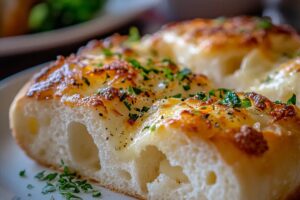
Easy Homemade White Bread Recipe
- Total Time: 45 minutes
- Yield: 12 1x
Description
Perfectly golden “easy homemade white bread” brings warm comfort straight from grandma’s kitchen. Bread lovers will discover a simple recipe delivering heavenly slices perfect for sandwiches or morning toast, promising delightful satisfaction with each warm, freshly baked bite.
Ingredients
Main Ingredients:
- 3 cups all-purpose flour
- 1 cup warm water (110°F)
Leavening Agent:
- 2 1/4 teaspoons active dry yeast
- 1 tablespoon sugar
Flavor and Texture Enhancers:
- 1 teaspoon salt
- 2 tablespoons olive oil (or vegetable oil)
- 1 tablespoon unsalted butter, melted (optional for softer bread)
Instructions
- Transform warm water and sugar into a nurturing environment for yeast, gently sprinkling the granules and stirring until dissolved. Allow the mixture to bloom and become frothy, indicating active fermentation.
- Create a pristine flour landscape in a spacious mixing vessel, crafting a central crater. Pour the awakened yeast elixir and olive oil into this flour terrain, gradually integrating ingredients until a cohesive dough emerges. Modulate flour quantities if the texture feels overly adhesive.
- Transfer the nascent dough onto a flour-dusted workspace, engaging in rhythmic kneading. Manipulate the mass with purposeful motions, developing gluten networks and transforming the mixture into a smooth, responsive entity with elastic qualities.
- Nestle the dough in a lightly lubricated container, draping it with a breathable cloth. Provide a nurturing, tepid sanctuary allowing the dough to expand and mature, potentially doubling its original volume.
- Deflate the risen dough with a decisive press, releasing accumulated gases. Gently mold the mixture into a structured loaf configuration, positioning it within a prepared baking receptacle.
- Empower the shaped dough with a final resting period, permitting it to ascend beyond the pan’s boundaries and develop intricate internal structures.
- Ignite the oven to a precise 375°F, creating a transformative environment. Bake the loaf until a golden crown emerges and tapping produces a resonant, hollow acoustic signature.
- Extract the baked creation, optionally embellishing with a lustrous butter glaze. Permit cooling on an elevated rack, allowing structural stabilization before slicing and savoring.
Notes
- Achieve the perfect rise by using warm water between 100-110°F, ensuring yeast activates without killing it.
- Control moisture by gradually adding flour, preventing a dry or overly sticky dough that affects bread texture.
- Replace olive oil with vegetable or canola oil for a more neutral flavor profile if desired.
- Enhance nutritional value by substituting half the white flour with whole wheat flour for added fiber and nutrients.
- Prep Time: 15 minutes
- Cook Time: 30 minutes
- Category: Breakfast, Lunch, Dinner, Snacks
- Method: Baking
- Cuisine: American
Nutrition
- Serving Size: 12
- Calories: 140
- Sugar: 1 g
- Sodium: 120 mg
- Fat: 4.5 g
- Saturated Fat: 1 g
- Unsaturated Fat: 3.5 g
- Trans Fat: 0 g
- Carbohydrates: 24 g
- Fiber: 1 g
- Protein: 4 g
- Cholesterol: 0 mg

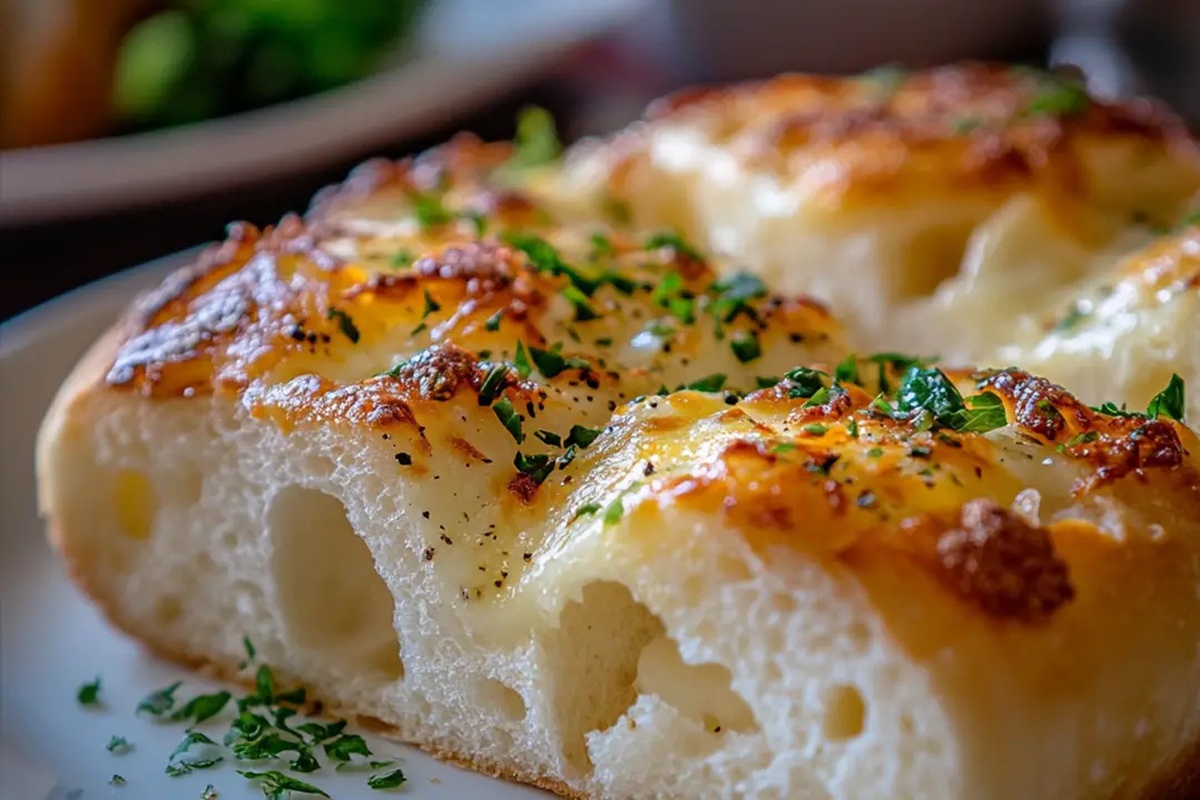
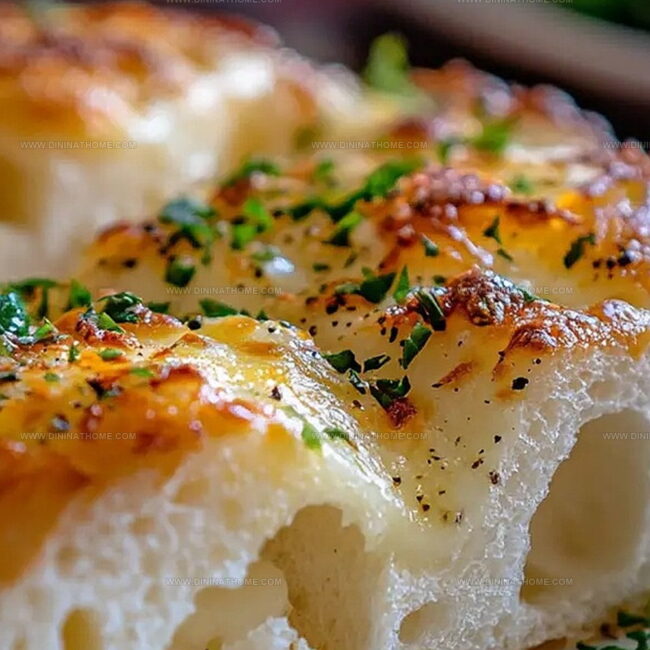
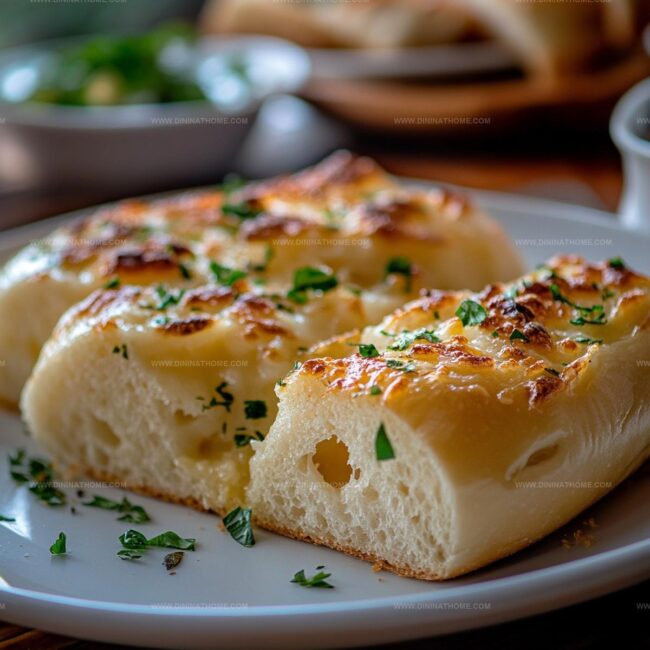
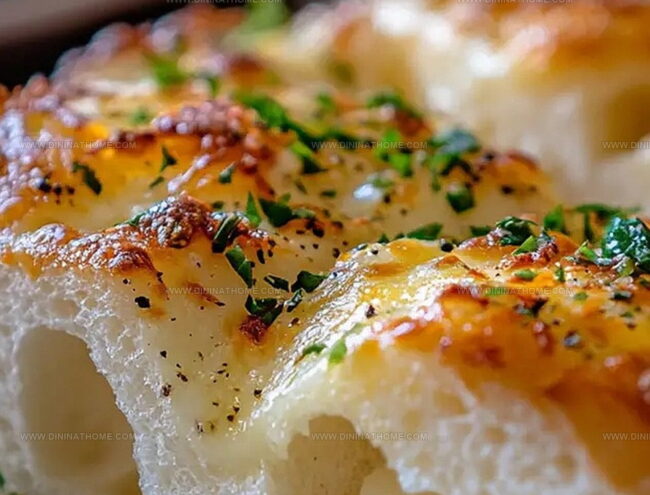
James Walker
Lead Recipe Developer & Culinary Educator
Expertise
Southern Cuisine & Farm-to-Table Cooking, Recipe Development & Testing, Culinary Education & Instruction
Education
School: Auguste Escoffier School of Culinary Arts
Program: Diploma in Culinary Arts and Operations
Focus: Comprehensive training in classical and modern culinary techniques, kitchen operations, and farm-to-table practices.
James didn’t learn cooking from a TV show, he learned it from busy kitchens, family gatherings, and long afternoons spent testing recipes the hard way.
After training at the Auguste Escoffier School of Culinary Arts, he brought his love for real, down-to-earth food to every dish he makes.
At Dining At Home, James loves building recipes that feel familiar but still have something special, like adding a twist to a classic or making a slow Sunday dinner feel brand new.
When he’s not in the kitchen, you’ll probably find him swapping garden tips at the farmers’ market or teaching his daughter how to flip pancakes without a mess (almost).